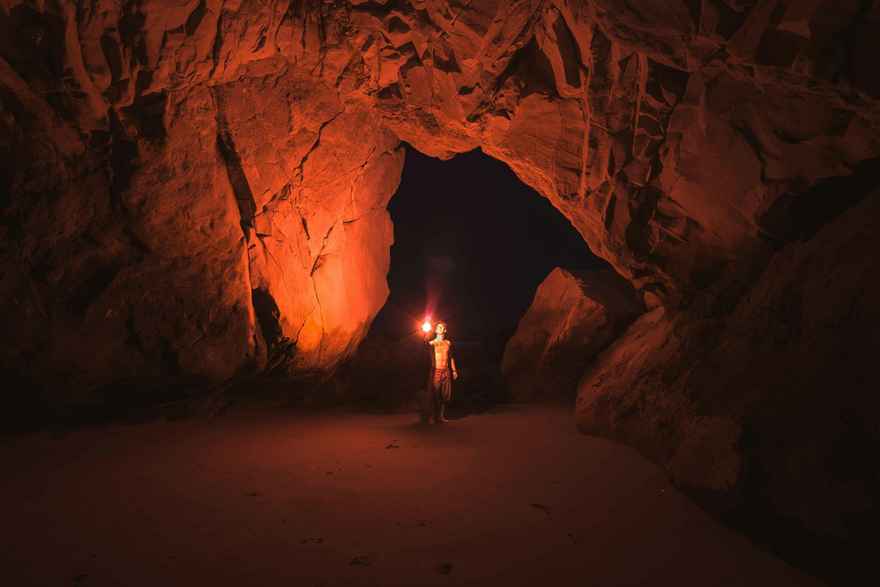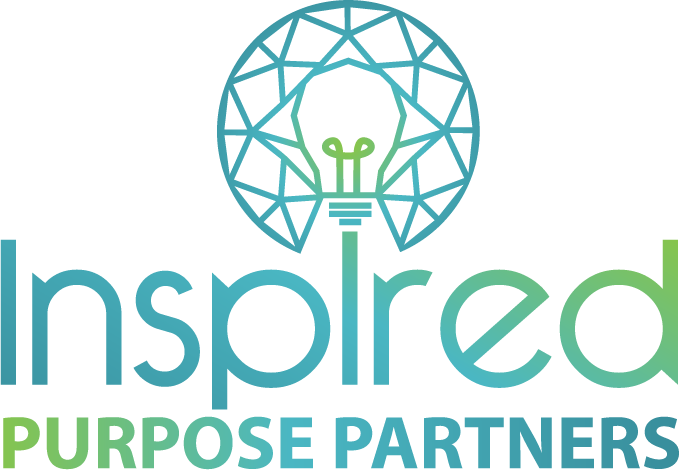The Treasure Within: Creating Space to Ask Yourself Hard Questions

"The cave you fear to enter holds the treasure you seek." – Joseph Campbell
Life often steers us away from discomfort, nudging us toward the familiar and safe. Yet, the most profound transformations lie in the spaces we avoid, those uncomfortable, soul-searching places where hard questions reside. As Joseph Campbell reminds us, the treasure we seek is often hidden in the caves we fear to enter.
What is it about these questions that makes them so daunting? They challenge our narratives, force us to confront truths we’d rather avoid, and sometimes demand action that feels overwhelming. Common examples might include:
Am I truly happy in my career?
Am I in the right relationship?
Am I living up to my full potential?
What is my biggest fear?
What would I do if I only had six months to live?
These are not surface-level questions; they strike at the core of who we are and what we value. And while answering them may feel intimidating, they hold the potential to unlock clarity, purpose, and alignment. The reasons we avoid these questions often stem from fear: fear of disrupting the status quo, fear of failure, or even fear of success and the responsibilities it might bring. Yet, avoidance doesn’t eliminate the impact these unanswered questions have on our lives. Instead, they linger in the background, subtly influencing our choices and creating a sense of unease or dissatisfaction.
Facing these questions requires more than a passing thought; it demands intentional space for introspection. This space can be physical, mental, or emotional, and more than likely all three. Here are some ideas to get started:
Journaling: Writing freely about your thoughts can uncover insights you didn’t know existed.
Meditation: Quieting the noise of daily life allows clarity to emerge.
Solo Retreats: Stepping away from familiar surroundings can provide fresh perspectives.
Nature Immersion: Hiking, camping, or even walking in a park can inspire deeper reflection.
Creative Outlets: Activities like painting, music, or writing fiction can help unlock subconscious thoughts and emotions.
The key is to create an environment where distractions are minimized and self-reflection can take center stage. You want to allow yourself to dig deeper into your thoughts and feelings, uncovering truths that may have been buried beneath the noise of daily life.
Rachel Hollis’ story is a powerful example. In her book Girl, Stop Apologizing, she recounts a solo trip to Hawaii to examine her life. During her retreat, she asked bold questions like, “What do I truly want?” and “What am I willing to sacrifice to achieve my dreams?” That time of introspection became a turning point, helping her clarify her goals and make courageous changes.
Another example comes from Steve Jobs, who famously took time for solitude and reflection during pivotal moments in his life. His walks and retreats were not just escapes - they were intentional pauses to ask hard questions about what truly mattered, both in his personal life and in the vision he had for Apple.
These stories highlight a crucial truth: asking hard questions isn’t just about solving immediate problems - it’s about aligning your life with your deepest values and aspirations.
Embracing the Discomfort
Asking these hard questions isn’t meant to be easy. It’s about growth, and growth rarely happens in comfort zones. Here are some tips to navigate this journey:
Start Small: If tackling big questions feels overwhelming, begin with one that feels manageable. Build momentum as you become more comfortable with introspection.
Practice Self-Compassion: Treat yourself with kindness as you explore difficult truths. This process is about understanding, not self-criticism.
Seek Support: A trusted friend, coach, or therapist can provide guidance and encouragement.
Celebrate Progress: Acknowledge the courage it takes to ask these questions and the small steps you take toward greater clarity.
By facing our fears, examining our desires, and clarifying our purpose, we align ourselves more closely with a fulfilling life. The treasure - the insights, growth, and transformation - doesn’t come from avoiding the cave but from bravely stepping inside. As Campbell’s quote suggests, the greatest treasures are often hidden in the places we fear the most. This is not a call to recklessly dive into discomfort but an invitation to approach it with courage and intentionality.
When you ask yourself these hard questions, the benefits ripple beyond personal growth. You bring a more authentic and aligned version of yourself to your relationships, your work, and your community. You become a leader who leads with clarity and purpose, a partner who connects deeply, and a friend who listens and supports.
The process also builds resilience. Each time you confront a challenging truth, you strengthen your ability to face future obstacles with confidence. You learn that the answers may not always be easy or immediate, but the act of seeking them is transformative in itself.
So, what’s the cave you’ve been avoiding? Take a moment today to create space, reflect, and ask yourself one hard question. Journal about it, meditate on it, or discuss it with someone you trust. You might be surprised by what you discover - and how it changes your path. Remember, the treasure is waiting. All it takes is the courage to seek it. And when you find it, you won’t just uncover hidden insights - you’ll find the strength and clarity to live a life that truly aligns with your deepest self.


0 comments
Leave a comment
Please log in or register to post a comment